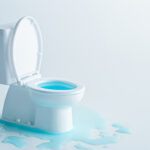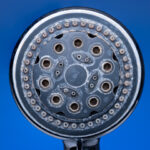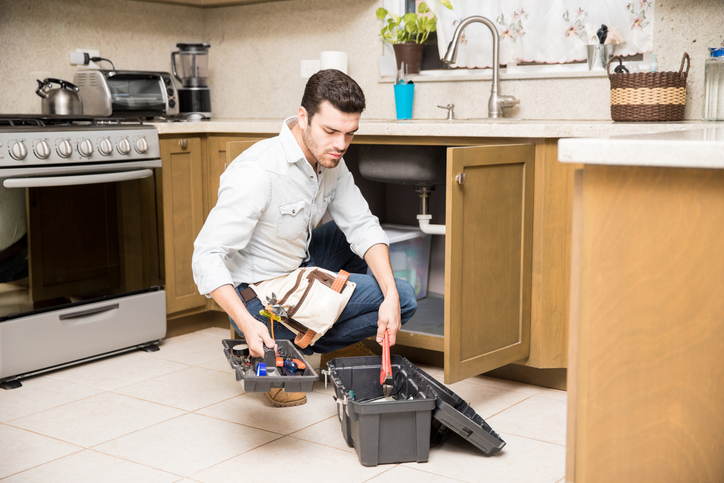A dishwasher not only spares you the drudgery of handwashing dishes, it saves water, money, and helps keep your counters clear. But what happens when this kitchen helper doesn’t get your dishes as clean as it once did? Here are some troubleshooting tips to help solve the problem.
Rinse Dishes –
While relatively newer, self-cleaning models have macerators to break off tiny bits of soft food, larger or harder debris can end up back on your dishes. Be sure to scrape off stuck-on food and rinse dishes under hot water before placing them in the dishwasher.
Increase the Temperature
Hot water is crucial to removing and dissolving stuck-on food, but not all dishwashers have the built-in feature to heat water to the perfect temp. Minus that feature, turn up the temperature on your water heater to at least 120 degrees Fahrenheit. Also, run hot water from the kitchen faucet for a minute or two to ensure hot water is entering the dishwasher.

Use Vinegar
If you notice left-over food deposits on your dishes, you may need to run a cleaning cycle before washing another load. Just pour three cups of distilled white vinegar in the bottom and run the longest cycle possible. This should dissolve light gunk and build-up from the spray arm, as well as residual grease from the interior walls.
Check for Clogs
It’s common for the holes in the spray arm to clog up after time. If a vinegar cycle doesn’t get them clean, remove the spray arm by loosening the screw cap and use a tooth pick or old toothbrush to dislodge any buildup, then rinse the spray arm clean.
Clean the Filter
If your dishwasher does not have a self-cleaning feature, check the manual filter for trapped debris. Remove the filter cover (located at the bottom of the appliance), remove the filter, and soak it overnight in distilled vinegar to break up food deposits. Then, scrub clean with a soft bristle brush and rinse with water. Clean the filter every couple of months.
Replace Inlet Valve
Notice a hammering noise in addition to spotty dishes? It could be a failing inlet valve. If you’re semi-handy, check the owner’s manual for the type of valve you’ll need to order and instructions on how to replace it.
Install a Water Softener
Hard water can leave cloudy residue on dishes and glassware, as well as deposits on the machine’s internal components. If you suspect hard water, consider installing a water softener to get your dishes sparkling clean, protect your water-using appliances, and reduce hard water stains on tubs, showers, and sinks.
While appliance repair is not one of our services, Norhio Plumbing can handle all plumbing issues related to your dishwasher…both repair and installation. As water quality specialists, we also can install and maintain a whole-house water softener to rid your home of all the problems hard water can cause. Contact us today for more information or a free water softening proposal.









Leave a Reply